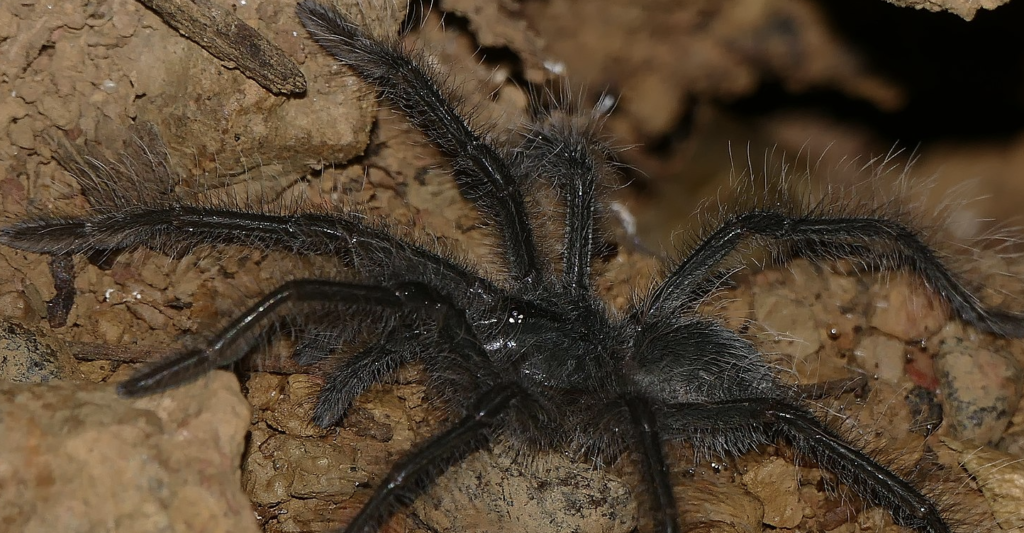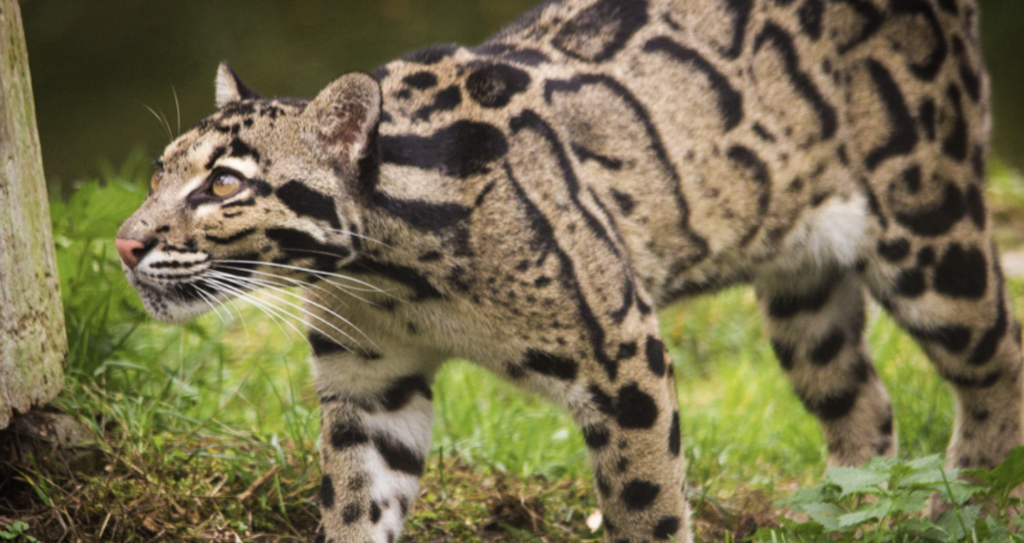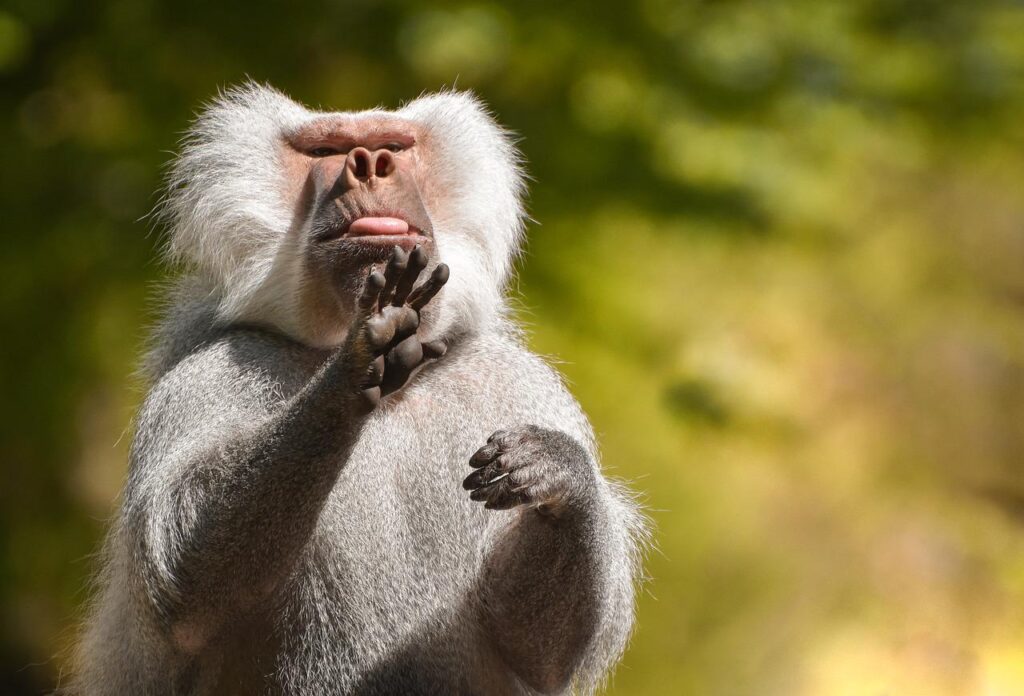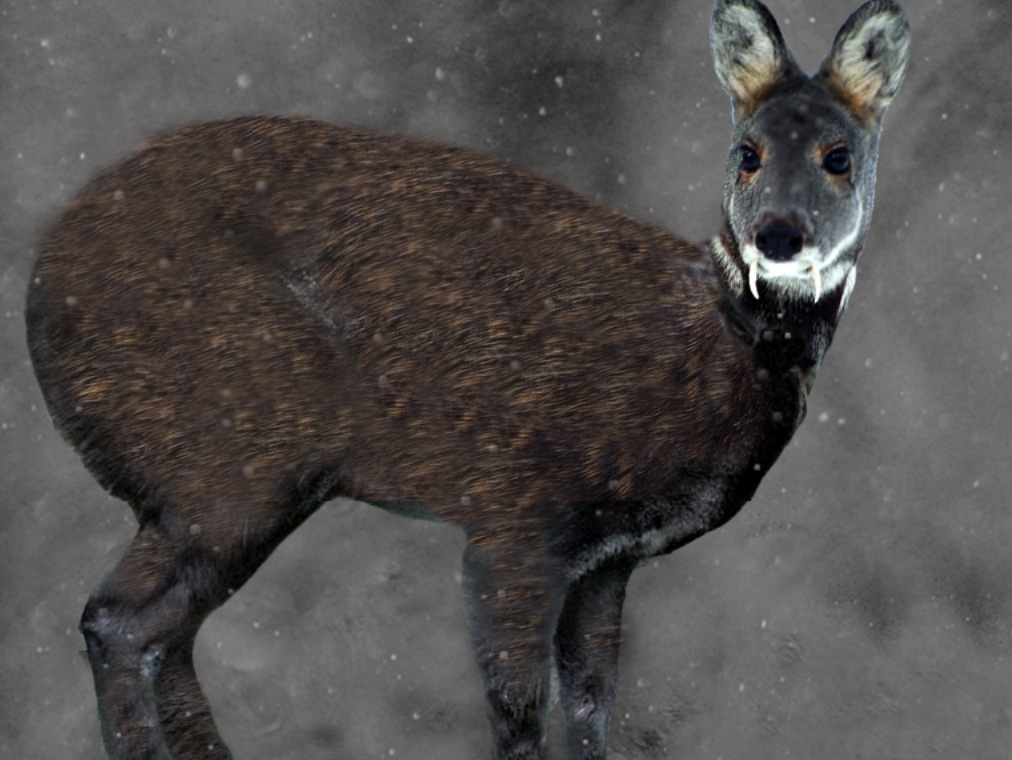Fangs are modified teeth that play different roles in animals. They are used to inject venom in snakes and can be applied to hold the prey firmly in animals such as a wolf. The modified teeth are common in animals where they can be seen protruding outside. Other uses of the fangs are tearing of flesh and for defense purposes.
For the case of tearing flesh, they are used in carnivorous. Both big and small animals are known to have fangs. Here we will go
over a list of animals known to have fangs. Both small and big animals have modified teeth.
1. Red Spitting Cobra

The snake is known to have fangs for injecting venom. Red spitting cobra is common in areas such as East Africa. they
are common in Ethiopia, Somalia, Tanzania, Egypt and Sudan.
The snakes are famous for spitting venom through the holes in their fangs. The venom spite can reach up to 6.5 feet. Spiting venom is an adaptation feature that works as their self-defense.
2. Vampire Bat

The bat is known for sucking blood. It is found in regions such as Mexico, South America, Central America, among other places. They prey upon horses, birds, pigs, and cows. The sharp teeth and special tongues make them able to suck blood.
Anticoagulant saliva makes blood flow for them to suck quickly. The anticoagulant saliva prevents pain and makes them feed on blood without getting noticed. They are well adapted to sucking blood on animals. The bats are small and will fly at night to attack heir prey. Their special fangs make it easy to pierce skin and start sucking blood.
3. Payara
It is also referred to as Vampire fish. The predatory fish is found in South America and the Amazon basin. The fish have large fang-like teeth on their lower jaw, making them very effective when catching prey. They are known to catch big fish the size of their body sizes. The vicious fish is more aggressive when hunting than the Piranhas.
Their long fangs have given them many names in different regions. They are also called wolf fish, saber-toothed tiger fish, and Dracula fish.
4. Gray wolf

The gray wolf is found in western Montana, Michigan, northeast Oregon, northern Idaho, and Alaska. It has 42 teeth, but two canines are sharp and curved outwards. The fangs can penetrate the flesh of their prey.
They are well adapted for holding their prey firmly. The fangs are powerful enough to pierce through soft bone and the strong muscles of the neck region.
5. Goliath Birdeater Spider

The Tarantula Spider is commonly found in regions such as Venezuela, South America, Guyana, Brazil, Suriname, and French Guiana. They have fangs that can elongate up to 2 inches. They have venomous glands connected to the fangs.
They are known to penetrate human skin when threatened. The glands attached to the fangs can penetrate their prey.
They are not dangerous to big animals because their bite is compared to a wasp sting.
6. Siberian Musk Deer

It is a deer found in regions such as the Himalayas, Taiga, Siberia, northeast Asia, and Mongolia. They have long canines that are referred to as fangs. They use their fangs to fight against the males when competing for female mates.
They also use their fangs during territory markings. The deer are herbivorous, but they have two canines that have protruded to form fangs. Their adaptation is remarkable, considering they are known to be highly effective when fighting or defending their territory.
7. Clouded Leopard

The wild cat is available in regions such as Bangladesh, Nepal, Sumatra, Borneo, and south China. It has the longest canine, which is referred to as fangs. The log canine can stretch up to 2 inches long.
They can pierce through the flesh of their prey. They are known to prey on animals such as macaques, gibbons, slow loris, boars, and small deer. The long fangs help hold prey.
8. Gorilla

The gorilla is among apes that have long canines. The fangs can protrude up to 2 inches. They are helpful as they use them to stay dominant in the family.
If two male silverback gorillas meet, they can fight over their territory to the death. The strong and sharp fangs are the main cause of death because they inflict much damage to the opponents during the fight.
9. Vampire deer(Chinese Water Deer)

The deer is found in Korea and China. They have sharp fangs. They originate from the upper jaw. The main aim of their fangs is to compete against their opponents during the mating seasons. They will use their fangs to fight against each other to access more mates.
10. Inland Taipan

The western taipan snake is very venomous. It is found in regions such as South Australia and Queensland, among other places. The venom they produce is strong enough to kill up to 100 humans.
They can grow fangs that are used to inject venom. The venom is used for hunting and defense purposes. The strong venom can kill up to 25,000 mice. It is among the highly venomous snakes in the world that can lead to death due to its strong venom.
11. Hippo

It is the third largest land animal. Hippopotamus are found in regions such as Tanzania, Uganda, Congo, Kenya, Sudan, Ethiopia, South Africa, and the Gambia. They have a large mouth with fangs. The fangs are considered tusk. They can stretch up to 16 inches. Hippopotamus fangs are located on the lower jaw.
They use their fangs to fight when protecting their young ones or over territory. The large animals stay in water during the day to shelter from the heat. It is known to come out of the water at night or in the evenings to graze in swampy areas.
12. Baboon

The monkey is found in Arabia and Africa. There are different types of baboons that have fangs. They include the guinea baboon, hamadryas baboon, olive baboon, and yellow baboon. They are omnivorous.
The fangs are helpful for them when hunting for small prey such as birds, antelopes, sheep, and rodents. They also use their long fangs to show dominance. Baboons can fight over territory and inflict pain on each other using their sharp protruding canines.
13. King Cobra

It is the longest venomous snake in the world. It is found in southern China, northern India, Hong Kong, western Indonesia, the Malay peninsula, and the Philippines.
The two fangs on king cobra can grow up to 0.5 inches. They are located on the upper jaw and are mainly used to inject venom.
The venom is effective in slowing down big prey. The king cobra is very fast when injecting venom. It can move very fast to inflict pain on anybody who is moving close to it.
14. Eastern Diamondback Rattlesnake

The snake has venom that can kill large prey. It is common in regions such as the southern United States, North Carolina, southern Alabama, Florida, Louisiana, and Mississippi. The fangs are used to inject venom that is powerful enough to kill its prey. It preys on animals such as birds, rabbits, mammals, rabbits, and squirrels.
The fangs are curved inwards to prevent prey from escaping from the mouth. The tattle snakes make noise to scare away introduces.
Human bites are few because of the noise they make as they try to scare away people as they move close to their territory.
15. Gaboon Viper

The snake is common in regions such as central Africa and western African countries. The second snake is known to yield a large amount of venom. It is second to king cobra. It has fangs that can reach up to 2 inches.
It uses the fangs to inject fatal venom into prey. The snake can bite human beings. The strong venom can lead to fatality if not treated fast. Some antivenoms have been developed. They have proven to be effective in saving lives.
16. Black mamba
The snake is found in East Africa, southern Africa, and the savanna region. The fangs are long and hollow for injecting venom. Young ones have about two drops per fang, but adults can yield up to 10 drops in each fang. The venom is powerful enough to kill big animals such as elephants and tigers.
The snake is known to move very fast and can bite in self-defense. It is widespread in the savanna and hunts through the use of venom. It mostly targets small animals. Some of the animals it targets include rodents. The black mamba is among the most venomous snakes that can bite people in case of self-defense.
The above are some of the animals with fangs. They have developed fangs as a way of adapting to different environments. Most of them have grown big canines to defend themselves against predators.
The animal also uses their fangs to protect their territories. They can fight and inflict injuries on their opponents. Like the hippopotamus, they can use their large fangs to inject pain into their opponents in self-defense.

